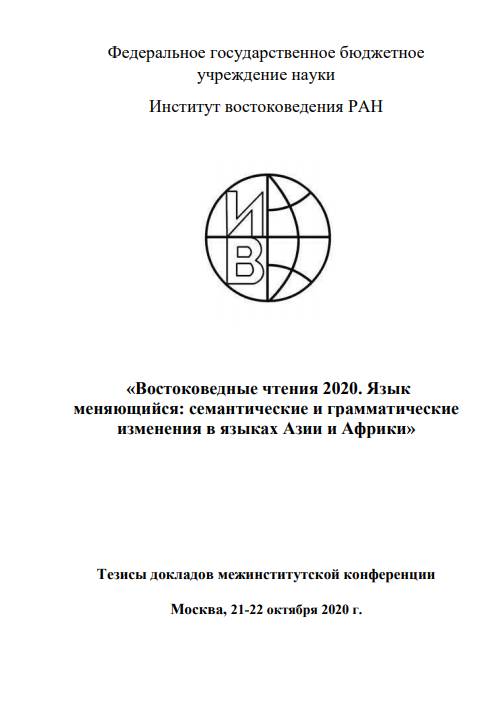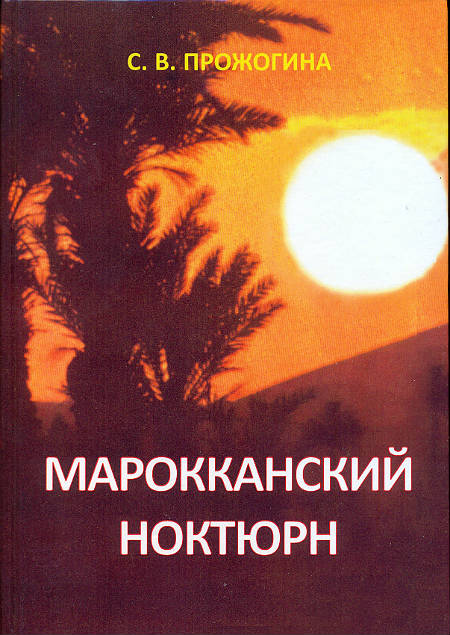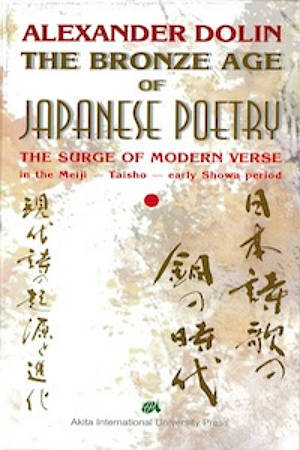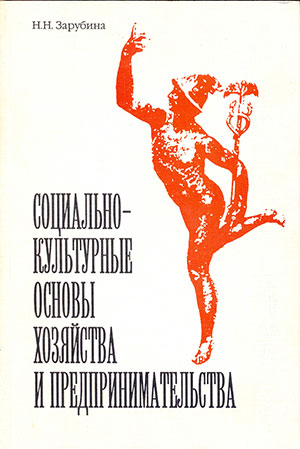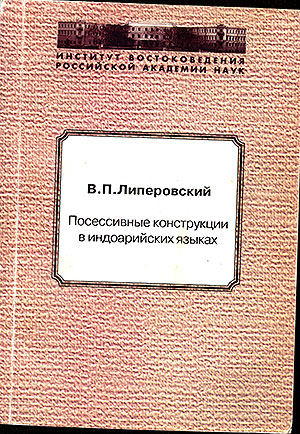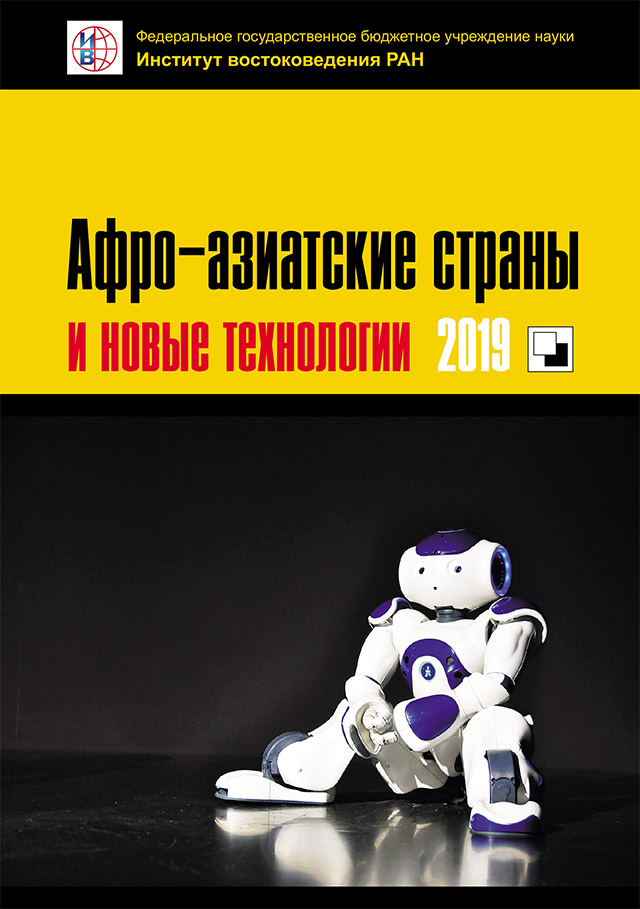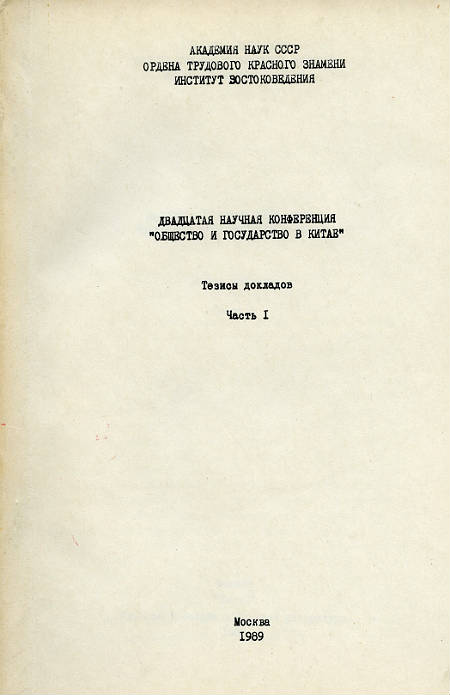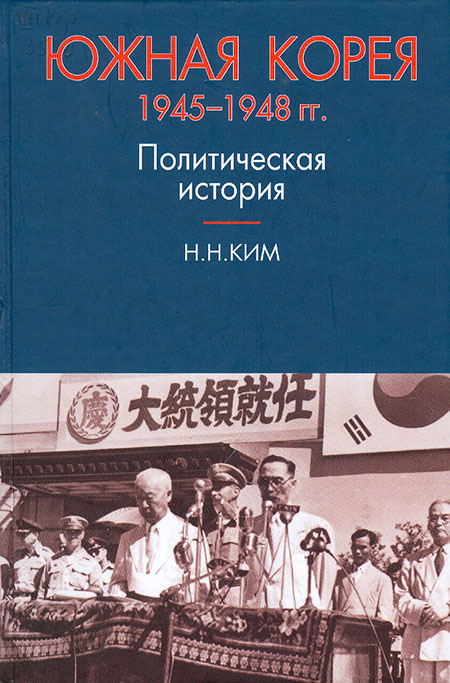Book
South Korea, 1945-1948: A Political History
Еditor: Yurij Vanin
Москва, 2015, 453 p.
The beginning of the period of era of liberation (1945 – 1948) was a crushing defeat of Japan in the World War II. The fall of colonial regime in August 1945 led to an unprecedent rise in political activity of the Korean people. On all country, people’s committees, political parties, and public organizations were established. The political story of the ear of liberation figures as a period of tense sociopolitical standoff, which involved national groups and international forces. Although most attention in this study is paid to the political standoff between different Korean nationalist groups and communists in South Korea it is impossible to completely avoid discussing the influence of international factors on the development of this internal political conflict. The presence of the occupying armies in Korea in 1945 – 1948, the absence of Koreans’ right to freely decide the course of their future state system – all this inevitably created a situation in which the development of internal political opposition and the aggravation of the conflict – or, on the contrary, its controllability – were largely determined by the developing foreign relations between the USSR and the US after the World War II. After Korea’s liberation, many cultural nationalists joined the ranks of the Korean Democratic Party, while maintaining a very moderate reformism of its ideological and political platform, as part of the socioeconomic transformation. The demand for national independence had undergone substantial revision: in the new political environment, when Japanese colonial rule no longer figured as the sword of Damocles, the Korean Democratic Party voiced their support of the immediate re-establishment of national statehood. The political position of the Provisional Government, which returned from the long exile in Seoul in November 1945, differed a bit from the position of the Korean Democratic Party, though before the start of 1948 they practically acted as a united front. Kim Koo, the leader of the Provisional Government, sharply rejected not only the “Soviet”-style (as he called it) model of development, but also that of the US. Kim Koo believed that the American model of development was based on the dictatorship of monopolized capital, the protection of the interests of the elite strata of society, and as such was not suitable for Korea. The fear of becoming dependent of foreign powers, which were treated as potential destroyers of the Korean nation, was hiding in the general phraseology of autonomy and independence. This fear partly underlay many social and political phenomena of the era of liberation: the proclamation of the People’s Republic of Korea in September 1945; the movements to combat trusteeship – and later, separate elections, which threatened to split the nation, and thereby further weaken it and potentially enslave it to a neo-colonialist form. After Korea’s liberation, a new period of relations began between the Korean nationalists and communists. However, at this stage of their relationship, they were burdened by ideological differences, only further exacerbated by the constant external influences of the USSR and the US on the internal political situation. But if we eliminate the factor of external influence on the internal political situation in Korea after liberation, then we fully allow the possibility of combining different political forces on the basis of the center-left bloc and, as a result, the formation of a single national left-liberal state, at least at the initial stage of development. Overall, the formation of the two states in Korea in 1948, with opposing socioeconomic and political systems, predetermined a set of domestic and foreign policy issues in South Korea, as well as in North Korea in more recent times. It is safe to say that, as long as there is no single reconstituted Korean statehood, or a progressive solution to settling the intergovernmental conflict between North and South Korea, the national division in 1948 will be felt by both countries at all times in all intergovernmental disputes and in many internal, domestic problems.
РУССКАЯ ВЕРСИЯ: Южная Корея 1945-1948 гг. Политическая история

